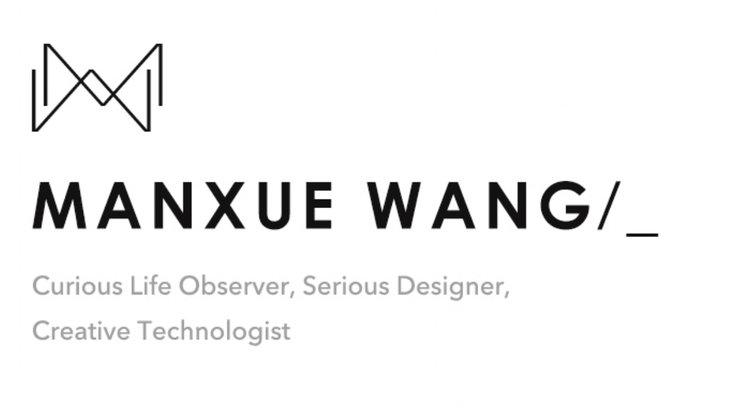[embed]https://vimeo.com/110253493[/embed] This week’s assignment is about VideoLearning Processing Video Chapter and Image Learning Processing Image Chapter in Processing. Dealing with pixels and try to change color, brightness, 3D deepness , or pick special element in screen, add elements in video or image to change the original one.
It seems like we can have a lot of fun through the process. I chose Image changing for this assignment’s topic.
I learned ink painting when I was a little kid, and I like the style of Tie Dye in traditional color craft. I want to mixture these kinds of traditional art with digital method. So I try to make an Tie Dye pattern to simulate Chinese Ink wash painting.
I learned particle system, how to add force, how to add motions in these previous weeks. So I use these technics to make this sketch. I built a particle system, and draw lines when two particle getting closed. When the particle was influenced by power between them and run(shake) all the time, they will draw some lines through one particle. (each one check itself’s distance with others)
Painting <Fu Chun Shan Ju Tu> was used as image in this sketch. It’s an outstanding ink wash painting which drew by Huang Guangwang in Yuan dynasty.

